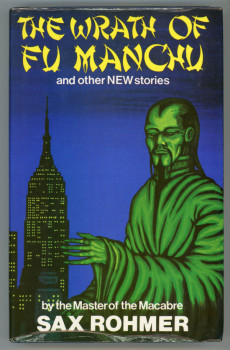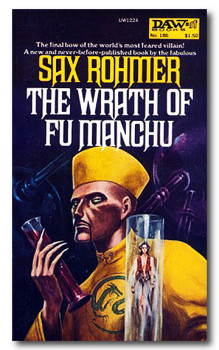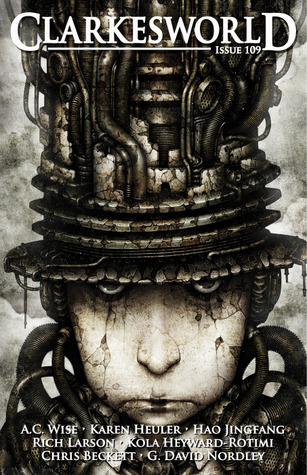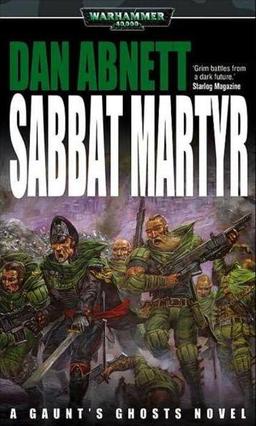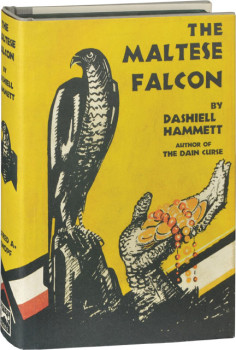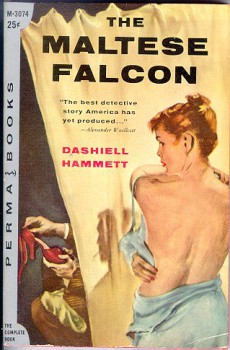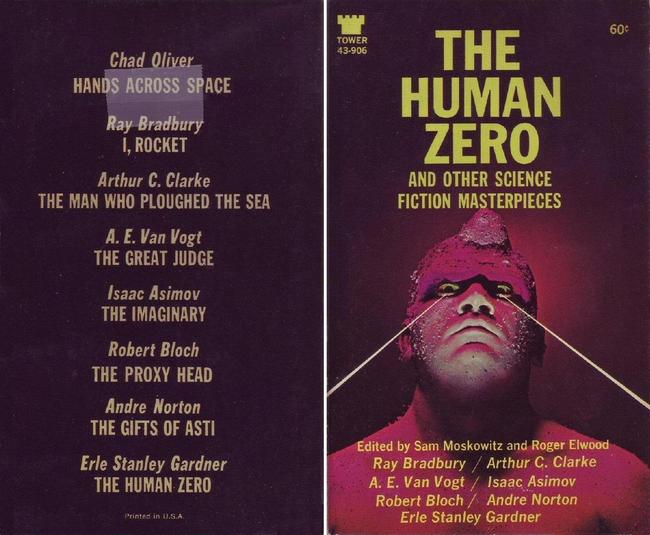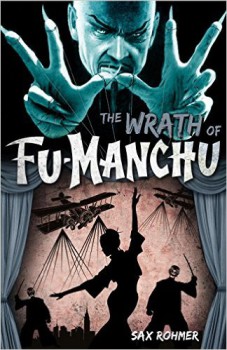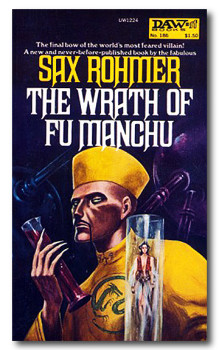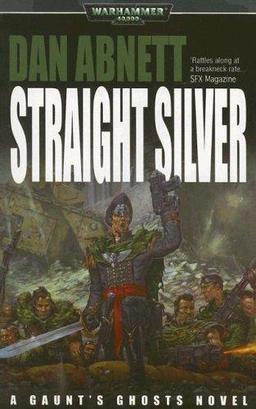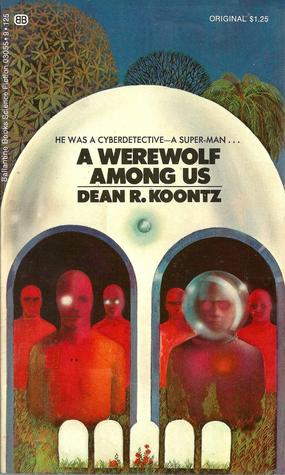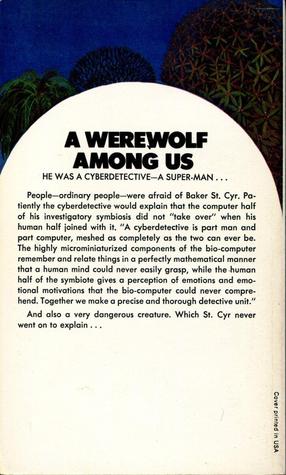The Testament of Tall Eagle by John R. Fultz
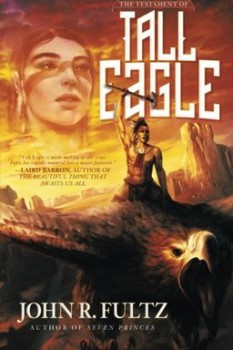 In his 1978 essay “On Thud and Blunder,” Poul Anderson pointed out that heroic fantasy was “overpast for drawing inspiration from other milieus — Oriental, Near Eastern, North and Black African, Amerindian, Polynesian.” While I’m still looking for Polynesian swords & sorcery, Black Gate alumnus John R. Fultz, has written the first full Native American novel of heroic fantasy that I’m aware of: The Testament of Tall Eagle (2015).
In his 1978 essay “On Thud and Blunder,” Poul Anderson pointed out that heroic fantasy was “overpast for drawing inspiration from other milieus — Oriental, Near Eastern, North and Black African, Amerindian, Polynesian.” While I’m still looking for Polynesian swords & sorcery, Black Gate alumnus John R. Fultz, has written the first full Native American novel of heroic fantasy that I’m aware of: The Testament of Tall Eagle (2015).
I must admit I’ve corresponded and debated with John several times about heroic fantasy. He’s as deeply conversant with the history of S&S as anybody I know. He brings that knowledge plus a deep love for the genre to his writing. I recommend his collection The Revelations of Zang as well as his Books of the Shaper trilogy — both are wildly inventive and fun. So I went into his new book expecting good things and I was not disappointed.
Fultz’s novel is a wonderful throwback to the golden days of swords & sorcery of the 1970s. In only 324 pages, Testament recounts the adventures of Tall Eagle, a young man of a Great Plains Indian tribe in the days just before the introduction of horses to his people. It’s possessed of a straightforward narrative that’s as lean and fierce as a wolf. Instead of the Clark Ashton Smith-like prose of his previous books, much of Testament reads like a brutally realistic historical saga of 17th century Plains Indian life… until the monsters show up. And they do, in great, slimy droves.
